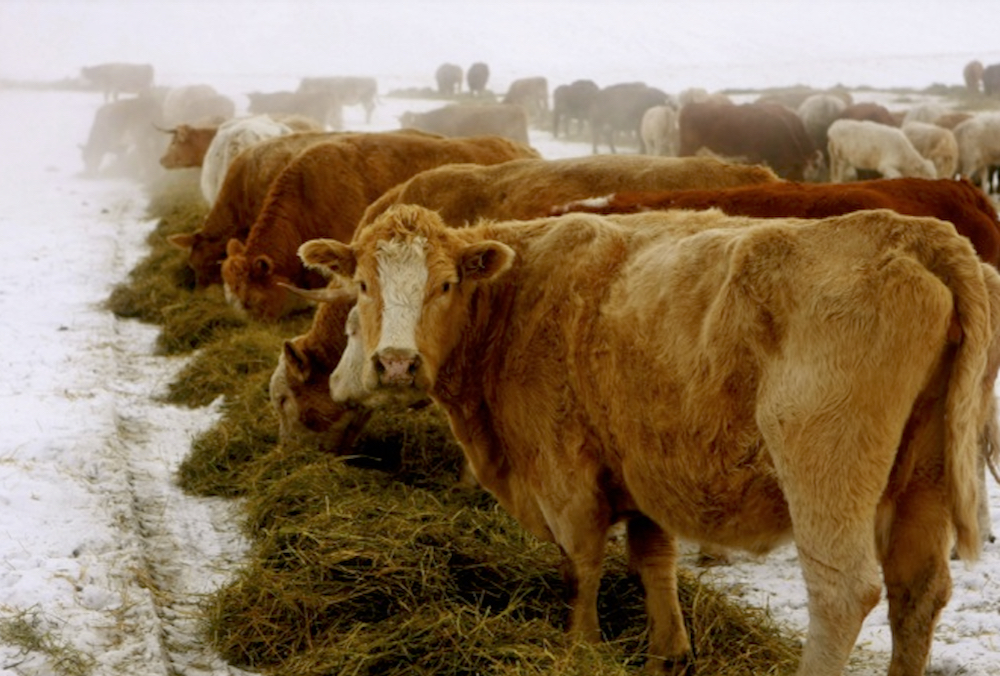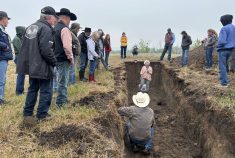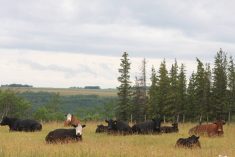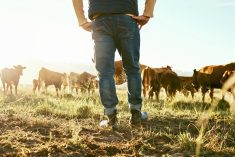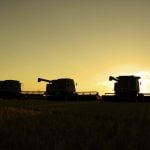A few years ago, a friend and I came upon an accident on the highway just after dusk. A car and tractor had collided head-on. We were on the scene ahead of the first responders, so we stayed to help.
The tractor had broken in half, which gives you an idea of how much force was involved, but fortunately, nobody was badly hurt. That made me realize how much safer today’s cars are than 30 years ago, and tractors, too, for that matter.
But the other thing that stuck with me was how differently my friend perceived the scene than I. Quite a bit of time had passed before I looked up and realized the front-end loader was just above the roof of the car. A bit lower, and it would have been through the windshield.
Read Also
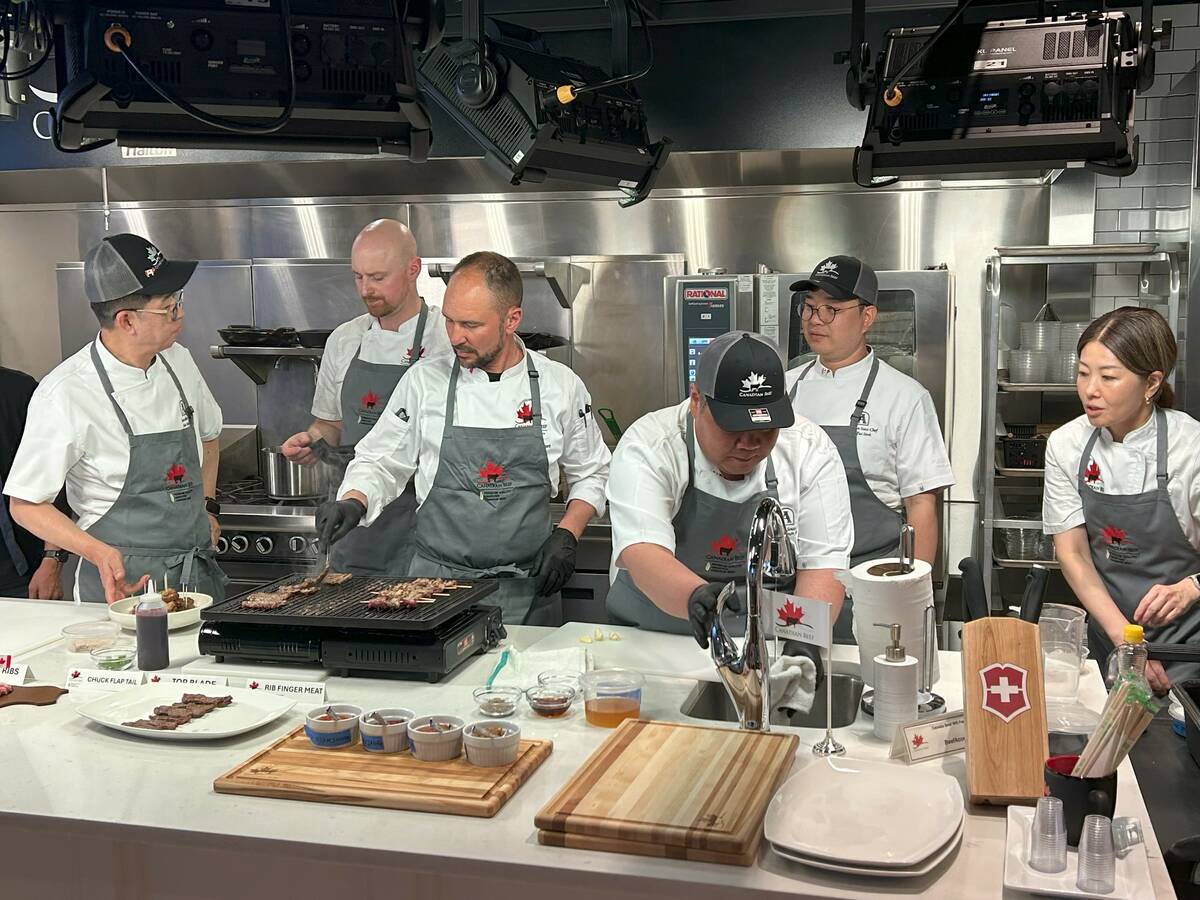
Promoting Canadian beef in Korea
Canada Beef reports on recent activities, including working with an influencer and an executive chef from Korea
Although we were both quite calm, my friend didn’t have the tunnel vision that limited my view. She’d noticed the front-end loader immediately. In fact, she managed to take everything in quickly and comprehensively, from the overall scene to small details, and respond accordingly.
No doubt that’s a superpower we’d all like to have, but I don’t think it comes easily for most. I feel like I’m trying to do this constantly with the magazine and website — somehow see the big picture for the industry while keeping track of important details. I hope you get a sense of both when you read the magazine or visit the website, too.
A potential big-picture issue is lab-grown “meat.” It’s a real moonshot right now, but it seems to me that if companies keep pouring money and time into cell-cultured meat, there’s a decent chance that it will become a financially viable product and gain widespread regulatory approval.
It’s hard to imagine cell-cultured meat gaining widespread acceptance in North America, where we have abundant land resources and farming and ranching are still part of our culture. It has a bit of an ick factor, too. But, I wonder if it may become one more competitor for plate space, much like plant-based protein. In fact, The Western Producer ran an article about a plant protein and cell-cultured pork product, written by Melissa Bezan, in October. The plant protein portion brings the costs down. A California company, New Age Meats, plans to start producing this hybrid product next year.
How would cell-cultured meat play out in our export markets? China, which has limited agricultural resources and a huge population, is working on cell-cultured meat. A Chinese startup called CellX is already promoting lab-grown pork, cultured from the cells of the country’s native black pig, Reuters reported in September. Remember, Singapore approved lab-grown chicken last year, and other countries may follow suit. How would cell-cultured meat affect exports to Asia?
Ultimately, I think that hedging against competition from cell-cultured meat may be similar to responding to some marketing claims from the plant-based protein sector; highlight the positive environmental stewardship and land use aspects of raising cattle, as that is something the cell-cultured meat companies are leveraging. Share the story of farming and ranching families. The beef industry will need to keep upping its communications game. Market expansion and maintenance seem important, too, as people who are already eating Canadian beef are probably more likely to keep eating it. One last consideration for the supply chain is cost control, especially with the food inflation we’re seeing these days.
Thinking of another related big-picture issue, what if the industry could flip the public discourse on cattle and climate change from a threat to an opportunity? That’s Dr. Frank Mitloehner’s advice on cattle and methane. Mitloehner is a professor and air quality specialist at the University of California-Davis who has been studying livestock and air quality for years.
Part of the potential lies in the nature of methane, which Mitloehner describes as a “flow gas,” meaning that for all the methane that is emitted, an equal amount is removed from the atmosphere, Drovers reports. What this means is that while all the methane from cattle is sequestered as part of a cycle (good news), any methane reductions help mitigate climate change (more good news). This is a great story to share, given that ranchers and beef farmers have already made gains just by becoming more efficient in how they produce beef, plus all the work they’re doing with researchers on this front.
A few more details
If you don’t regularly visit our website, I want to draw your attention to a few things you might be interested in.
Under “Videos,” we have interviews with several people who have appeared in the magazine in recent months, including:
- Tyler Russell of NorthStar Genetics talking about corn varieties bred for grazing or silage,
- Jenay Werle of Saskatchewan Agriculture talking about collecting feed samples from the field,
- Herman Wehrle of FP Genetics talking about hybrid fall rye.
In the News Roundup section, we have a Market Intelligence Update from Canada Beef, written by Canfax’s Robyn Paddison. These updates tend to be too time-sensitive for print, and so most are digital-only. You can find all of them on our website by searching “market intelligence.” Watch for the latest updates by subscribing to our newsletter at canadiancattlemen.ca or following us on Twitter or Facebook.
Finally, in our November issue, you’ll find a feature on a virtual fencing pilot project in B.C., written by Piper Whelan. The online version of that article will include a video essay I filmed with supporting characters (i.e. my neighbours’ friendly cows). It’s a light-hearted extra, and something new for us, so I welcome feedback.


